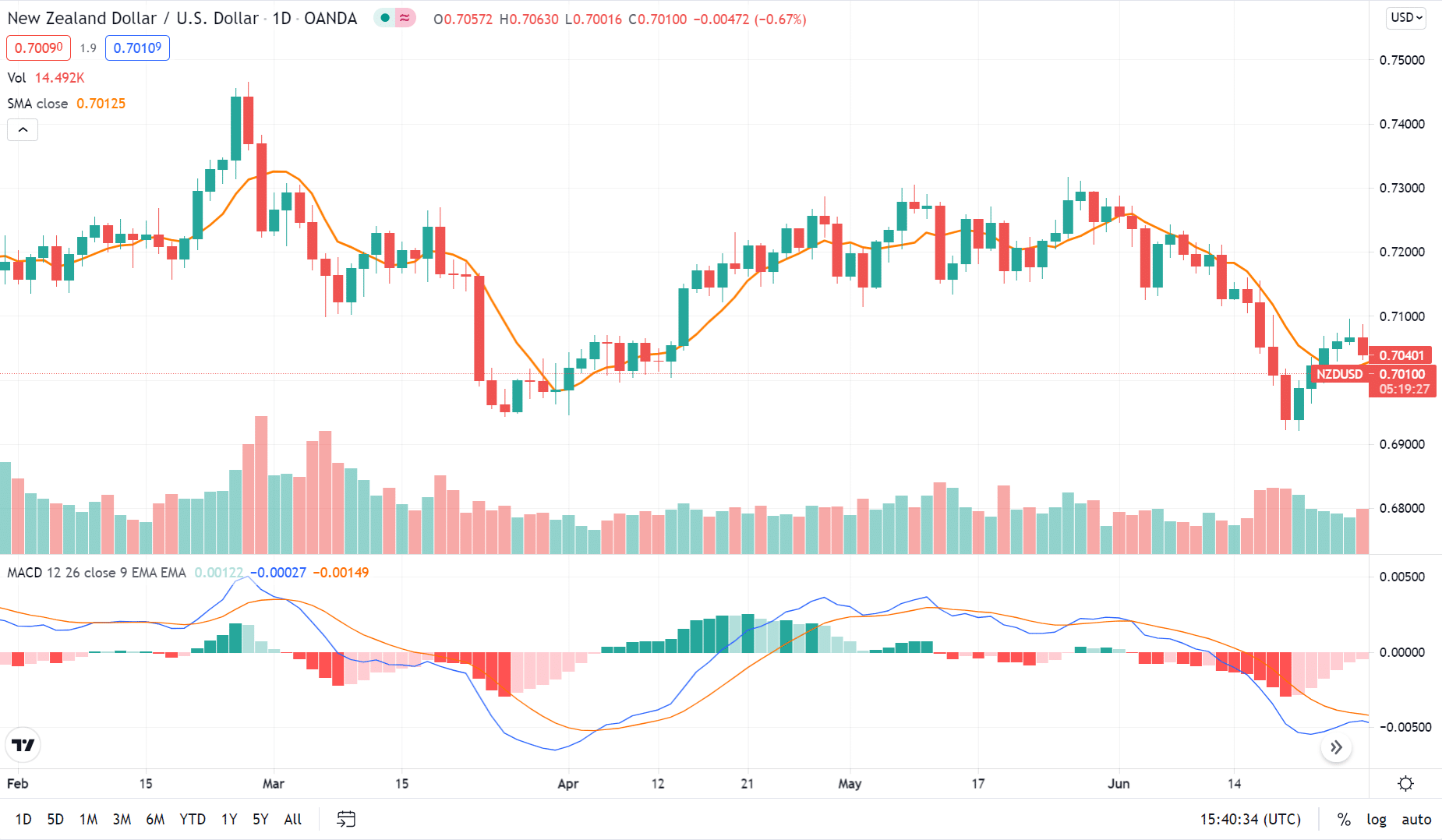1. Set up a time frame
Choosing a timeframe in trading is one of the very first steps you should undertake before embarking on a trade. It is essentially a way of defining the type of trader you are. Timeframes are the reason why we have scalpers, day traders, swing traders, holders, etc. What is your ideal timeline for staying in a particular trading position? If you are interested in trading over a long period, then you should focus more on trades with longer timeframes.
Ultimately, there are no universally accepted rules on using timeframes. A shorter time frame is not necessarily more profitable than a longer timeframe and vice versa. Therefore, as a trader, the onus is on you to decide which timeframe to use, depending on your assessment of the potential risk and rewards that come with the timeframe.
However, you should remember that the indicators you use are often determined by the time frame. Some indicators are more accurate when applied to longer timeframes, while others are less affected by a shift from longer to shorter timeframes and vice versa.
2. Determine an appropriate risk-reward ratio
There are no guarantees in the market. Traders should therefore trade with money they can lose without running into financial and emotional distress. This also means that you should define the risk you are willing to take.
Many newbie traders practice their skills using virtual currency. However, trading with real money alters the dynamics because of the emotional load of knowing that you can potentially lose money.
Therefore, if you are just getting started as a trader, it is advisable to invest a small amount of capital to help you appreciate what it means to trade using real money. Thereafter, you can progressively increase your trading capital after knowing how to cover your risks and which risk-reward ratio works best.
The concept of a risk-reward ratio is to help you develop financial discipline, reduce risk exposure and optimize the profitability of your trades. Generally, a 1:2 risk-reward ratio is considered “safe.” This means that for every $1 you risk losing, you stand to make $2 in profit.
3. Use indicators to determine if a trend has been established
Traders study trends to help them determine the direction in which to position their trades. Indicators are essential tools in identifying trends. Some of the most dependable trend indicators are Moving Averages, such as Simple Moving Average (SMA) and Moving Average Convergence Divergence (MACD).

These indicators track the changes in the market momentum by evaluating changes in the volume of trade over long and short periods. The short-period indicators are usually faster, while the long-period MA are usually slower.
Traders look for trends when the slow and fast-moving averages cross each other. For example, in the case of SMA, an uptrend is signaled by the crossing of the short-period MA above the long-period MA. The reverse is true for a downtrend.

Fibonacci retracements are also reliable indicators for reading trends. For instance, the indicator signals an impending turning point within the trends when levels 50%, 38.2, and 61.8% are breached. In the example above, upward price action pauses at the 61.8 level on December 20, 2017. In another example, the upward price action pauses on January 19, then continues
4. Establish appropriate entry points
There are two key approaches to establishing entries for trades. The first approach is premised on setting an entry point based on the price action. For instance, traders who take a long position on a currency pair will want the pair to follow an uptrend.
Therefore, if you set up a long position on GBPUSD, you will want the pair to appreciate afterward before you implement your setup on an actual trade. This means that even though the current trend is heading upwards, you won’t implement your setup unless the next candlestick is higher than the current one.
In the second approach, the trader waits for the price to move to the point at which the setup’s entry point is located before entering the market.
5. Understand the characteristics of the market
Currency pairs have distinctive characteristics that necessitate specific approaches when trading in them. For example, majors have high liquidity and low volatility, while cross-pairs have comparatively low liquidity and a higher level of volatility.
Liquidity and volatility are two of the most important factors to consider in forex markets. It is advisable to avoid trading in pairs with low liquidity because they offer fewer quality trading opportunities. Therefore, if you choose such a pair, you may have to wait long before getting a worthy opportunity to execute the setup you have developed.
The setup you develop should also incorporate the potential effects of volatility on the outcome of the trade. You should, therefore, assess the current volatility and ensure that the setup adequately captures the level of volatility where applicable. For instance, a setup created under volatile conditions may not be appropriate to use in less-volatile trading conditions.
In summary
Successful forex trading is highly dependent on the setup you trade and the extent to which it corresponds to the current market conditions. The factors discussed above are among the most important ones that you should incorporate in your trading.
